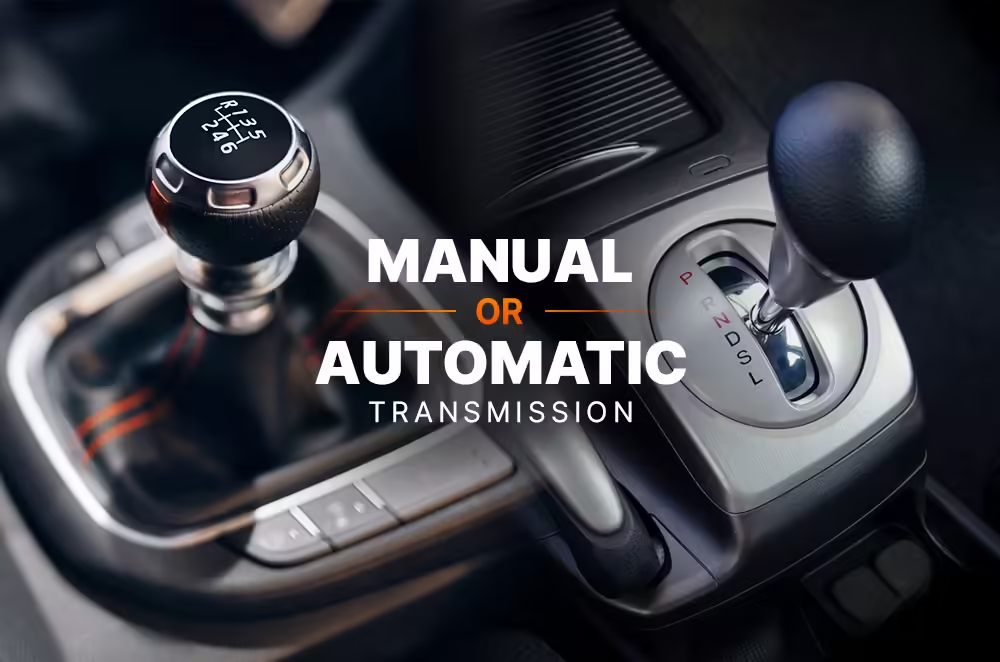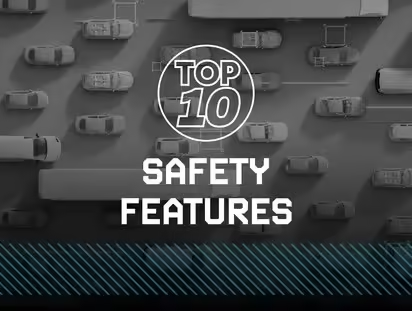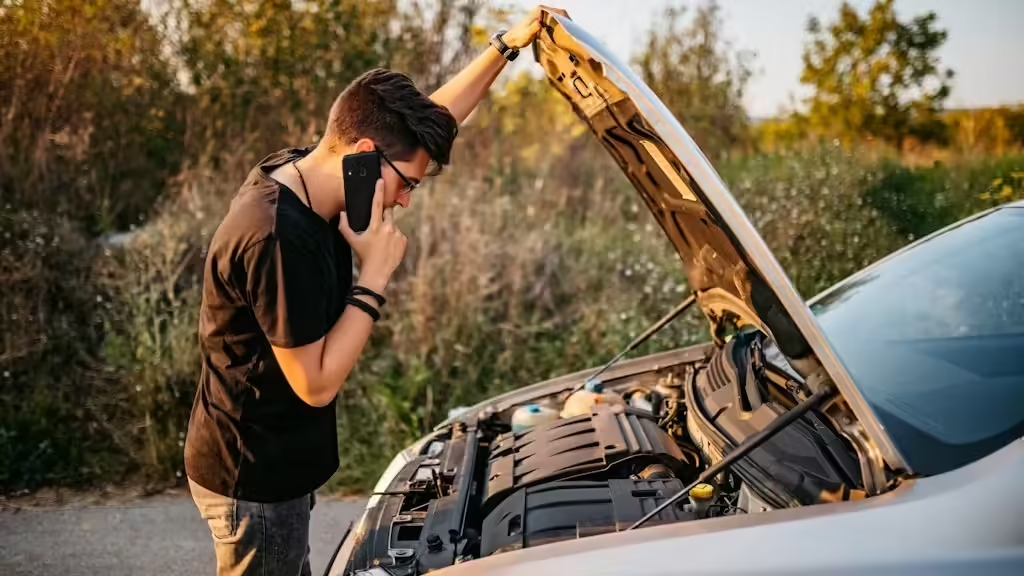Imagine you’re stuck in traffic on a hot day, the AC is on, and suddenly you see steam rising from your hood, and it’s an overheating car. Your heart starts racing. This isn’t just a small issue—your car is overheating. If you don’t act fast, it can cause serious engine damage.
But don’t worry. This guide explains everything in easy terms. Follow these steps to stay safe and protect your car.
1. Know the Warning Signs

Before the engine fully overheats, it gives clear signals. Look for:
- The temperature gauge moves into the red zone
- Steam or smoke comes from under the hood
- A sweet smell or burning odour
- The engine temperature warning light turns on
Example:
You’re driving and suddenly see steam coming from the hood. The temperature gauge is rising. This is a strong sign your engine is overheating.
2. Take Action Immediately

Turn Off the AC and Turn On the Heater
This helps move heat from the engine to the car’s cabin, reducing engine temperature.
Pull Over Safely
Stop your car as soon as it is safe. Turn off the engine to stop heat buildup.
Wait Before Opening the Hood
Give the engine 15 to 20 minutes to cool. Never open the hood while it’s still hot to avoid burns.
Example:
You pull over and wait until the hood is cool to the touch before checking under it.
3. Check Coolant Level (Only When Cool)

After the engine cools, open the hood and check the coolant reservoir. It’s a clear plastic container near the radiator.
- If the coolant is low, add a 50/50 mix of coolant and water.
- Never open the radiator cap when the engine is hot.
Example:
You notice the coolant is below the “Low” line. After waiting, you add coolant to the “Full” line safely.
4. Look for Obvious Problems
Check for Coolant Leaks
Look under the car for any fluid. Coolant often appears green, orange, or blue and has a sweet smell.
Inspect Hoses and Belts
See if any hoses are cracked, loose, or broken. A faulty hose or belt can cause overheating.
Check the Radiator and Fan
Make sure there’s no debris blocking the radiator. Also check if the cooling fan turns on when the engine runs.
Example:
You find a green puddle under the car and a loose hose clamp. You tighten it and refill the coolant to keep the car running until you reach a mechanic.
5. Restart and Watch
After topping up coolant and checking for leaks, restart the engine and observe the temperature gauge.
- If it stays in the normal range, drive slowly to a nearby service centre
- If it rises again, stop and call for help
6. Common Causes and Simple Fixes
| Cause | Pump is not moving coolant | Quick Fix |
|---|---|---|
| Low Coolant | Not enough fluid to cool the engine | Add more coolant |
| Coolant Leak | A cracked hose or loose clamp | Fix leak and refill coolant |
| Faulty Water Pump | The pump is not moving coolant | Replace the water pump |
| Blocked Radiator | Dirt or debris blocks airflow | Clean or replace radiator |
| Broken Cooling Fan | Fan doesn’t turn on | Replace fan or check fuse |
| Stuck Thermostat | Coolant doesn’t flow through engine | Replace thermostat |
| Bad Temperature Sensor | Sends wrong signals to fan or dashboard | Replace sensor |
Real-Life Example
You are driving on a hot day and your AC is on. Suddenly, the temperature warning light comes on and steam appears from the hood. You turn off the engine and wait 20 minutes.
After cooling, you check and find the coolant reservoir empty and a green puddle under the car. You add coolant and tighten a loose hose clamp. Then, you drive slowly to a mechanic while keeping an eye on the temperature.
Final Tips
- Never continue driving with an overheating engine
- Always allow the engine to cool before opening the hood or radiator
- Keep extra coolant and basic tools in your car
- If unsure about the cause, call for roadside assistance
Why You Should Act Fast
If you ignore engine overheating, you may face:
- Blown head gasket
- Damaged engine parts
- Complete engine failure
These repairs are expensive and can be avoided with quick action.
Conclusion
An overheating engine can be handled easily if you stay calm and follow the right steps. Often, the problem is simple, like low coolant or a small leak. Knowing what to check can save you from big repair costs and keep your car safe.
Learn More with My Car Wisdom
For more easy-to-understand car care tips, visit the My Car Wisdom blog. We share practical guides and real-world advice to help you take better care of your car.
Stay informed. Drive confidently. Visit My Car Wisdom today.
Raja Yadav, the content writer at My Car Wisdom, brings a unique voice and style to our blog. With a knack for storytelling and a keen eye for detail, Raja ensures that every piece of content is informative, engaging, and easy to understand. His focus is on delivering high-quality articles that cater to both novice car owners and seasoned automotive enthusiasts.




